-
Choose your category:
Consultation
Examination of your pulse and tongue, along with general health and lifestyle questions will be asked during consultation. We then implement personalized and customized treatment plans to address all of your unique needs.
Acupuncture
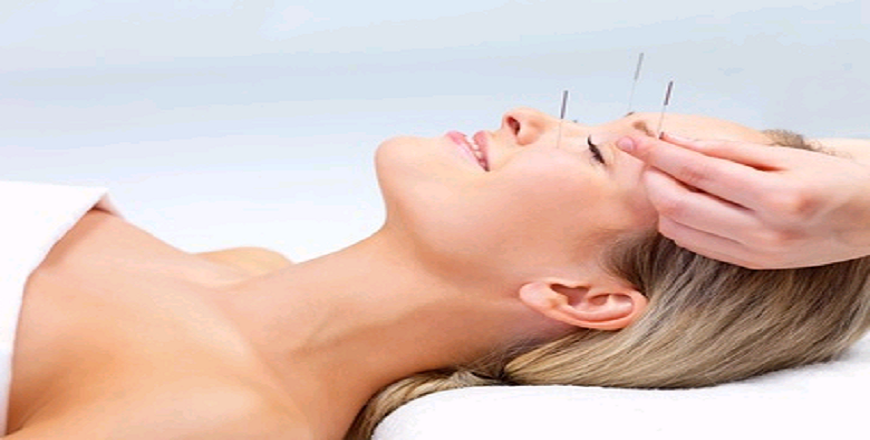
Traditional Acupuncture as been used in China for over 3000 years. The intent of acupuncture therapy is to promote health and alleviate pain and suffering. Acupuncture involves the insertion of very thin needles through the patient's skin at specific points on the body - the needles are inserted to various depths. Acupuncture treatments are usually painless. Even where there is blockage it is far less painful than say plucking out a hair. Subsequent sensations can include mild tingling, slight numbness, very dul achiness, or electrical pulsations in areas distant from the site of insertion. Acupuncture is just one form of therapy used within the coherent system of healing known as Oriental Medicine. Oriental Medicine includes herbology, physical therapy, dietetics and special exercises (such as Tai Chi and Qi Gong), and is a complete medical system unto itself and is not another branch of modern Western medicine. Acupuncture evolved from principles and philosophies unique to Oriental thinking and Oriental Medicine, and is most effectively applied when done in accordance with those principles.
Acupressure
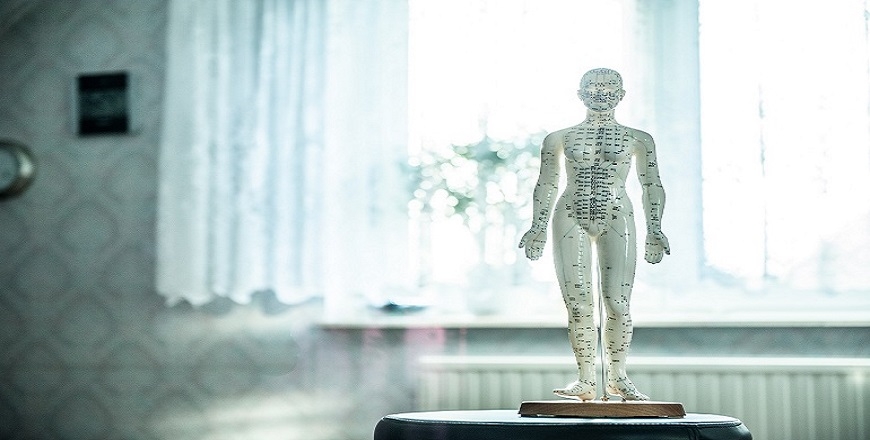
Acupressure is a traditional Chinese medicine (TCM) technique based on the same ideas as acupuncture. Acupressure involves placing physical pressure by hand, elbow, or with the aid of various devices on different acupuncture points on the surface of the body. The points used may or may not be in the same area of the body as the targeted symptom. The TCM theory for the selection of such points and their effectiveness is that they work by stimulating the meridian system to bring about relief by rebalancing yin, yang and qi.
Chinese Herbal Medicine
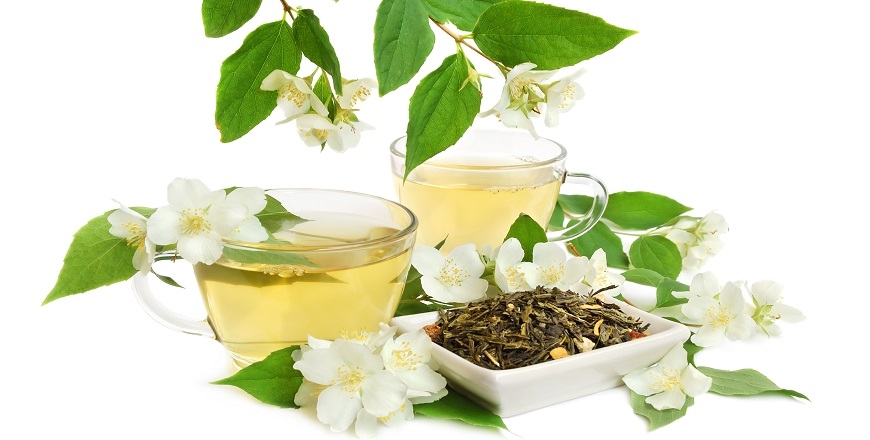
Traditional Chinese Medicine (TCM) is an complete medical system of healing that developed in China about 3,000 years ago. TCM is takes a deep understanding of the lows and patterns of nature and applies them to the human body. TCM is not " New Age" nor is it a patchwork of different healing modalities. Your health, like the universe at large, proponents say, is subject to constant battling between opposing forces such as heat and cold, male and female, joy and sadness, which manifest themselves in you body as too much or of your Qi or vital energy traveling through your body along invisible pathways known as meridians. TCM practitioners typically use acupuncture and herbs to help unblock you Qi and bring your body back into harmony and wellness. At the heart of TCM is the tenet that the root cause of illnesses, not their symptoms, must be treated. In modern-day terms. TCM is holistic in its approach; it views every aspect of a personal body, mind, spirit, and emotional as part of one complete circle rather than loosely connected pieces to be treated individually. TCM consists of: herbal therapy, acupuncture, dietary therapy, exercise, and lifestyle management
Chinese Herbal medicine includes more than 3200 herbs that are used to help treat health problems. Each herb has different temperature characteristic: hot, warm, cool, or cold. They also all have different action tendency: going upward or downward, and also has different selective action at the correspondent organ. If a person coughs with clear phlegm also suffers heart burn with regurgitation, we will prescribe some herbs which are warm, going to lung, and other herbs cool, going to stomach with downward tendency, this remedies will be effective and no side-effect. So making right pattern diagnosis and choosing right herbals are key points to improve body condition and cure the disease. Chinese medicine views each of us as a unique individual, some feel hot when sleeping, others feel cold and need more blankets; some are easily irritated, others have low energy. The medicine is tailored to suit each person. Good prescription of herbal remedies will lead the effect to maximum and side effects to a minimum. This is the reason why certain herbals are others but are not effective for you. Our work, as an herbalist, is to identify your body nature and the disease pattern, then prescribe the correspondent herbal remedies to suit your current condition, once your body changes the herbal remedies should be changed too for further improvement. During the treatments, we also give you Life style and dietary advice. Herbal medicine treats a wide range of health complaints - acute and chronic; from hepatitis, edema, and high blood pressure. We also can change inconveniences in your life, like running nose in early morning, bad breath, etc. Herbal remedies are also in a wide range of forms: from herbal soup, herbal pills, to certain kinds of food, like pepper, ginger and cucumber. Ginger is used for clear running nose, cucumber for constipation. In order for us to prescribe any herbal soup of pill to you, we first need full details about your body.
Massage
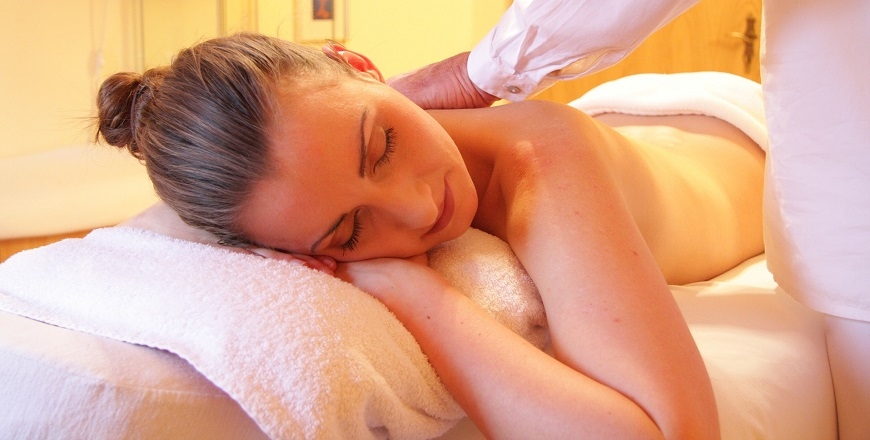
All of our massage therapists are registered witht he NHPC and have over 2200 hours in professional training. Direct billing available with most insurance comapnies, insurance receipts provided at the end of each treatment. Massage therapy treatments include:
- Theraputic Massage – Ideal for those suffering from sports injuries, work, and any other aches and pains.
- Swedish/Relaxation Massage – Great for people who just want to unwind and release stress.
- Deep Tissue Massage - Focuses on realigning deeper layers of muscles and connective tissue. It is especially helpful for chronic aches and pains and contracted areas.
- Sports Massage – The therapist manipulates the body’s tendons, ligamens, and muscles to prepare the client for an activity or to rehabilitate from one (marathon, swimming, etc.)
- Lymphatic Drainage Massage – physically stimulates the lymphatic system to move excessive fluids that are associated with the body’s lymphatic system.
- Pre-Natal/Pregnancy Massage – extremely beneficial and enormously relaxing for achy expecting mothers.
- Reflexology - application of appropriate pressure to specific points and areas on the feet. The points correspond to different body organs and systems, and the therapy has a beneficial effect on the organs and person's general health.
Cupping
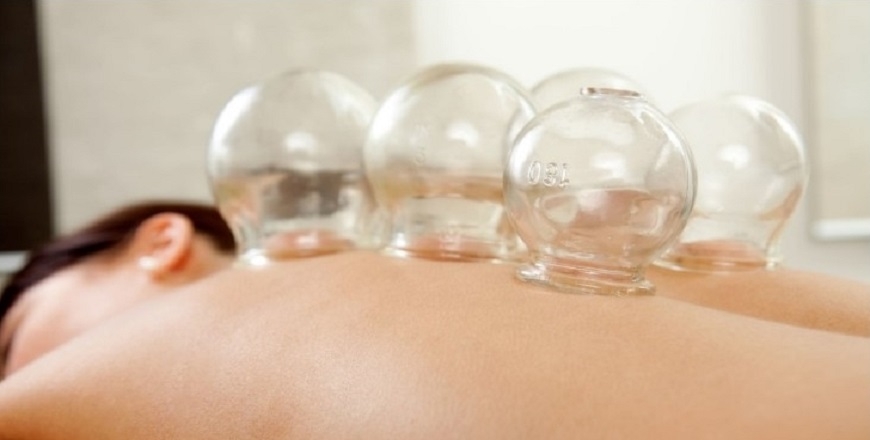
Cupping refers to an ancient Chinese practice in which a cup is applied to the skin and the pressure in the cup is reduced (by using change in heat or by suctioning out air), so that the skin and superficial muscle layer is drawn into and held in the cup. Cupping uses suction to stimulate the Qi at certain acupuncture points or sites of pain. It is particularly good for back pain and for common conditions. It is very effective when used with children having the advantage of being non invasive. The main side effect of cupping is bruising, although the treatment itself is not painful, the suction can sometimes create a circular bruise.